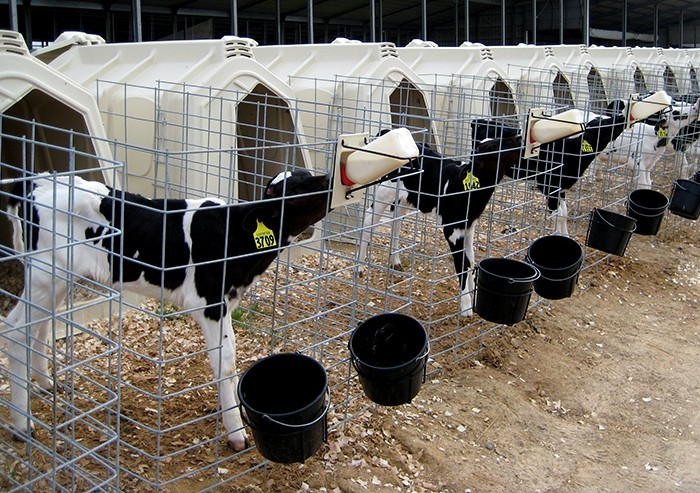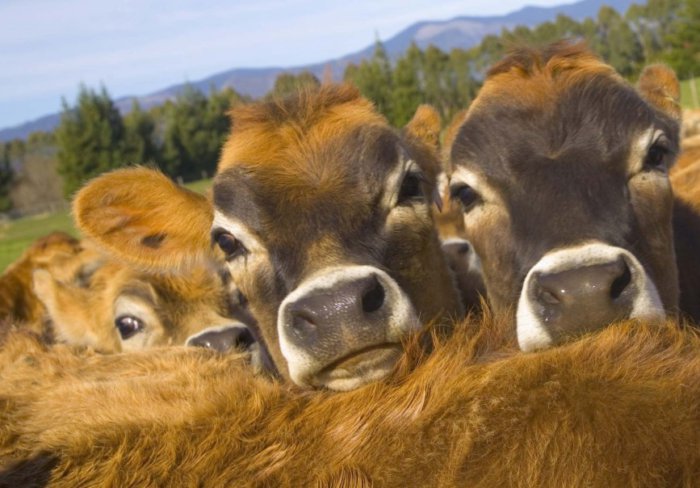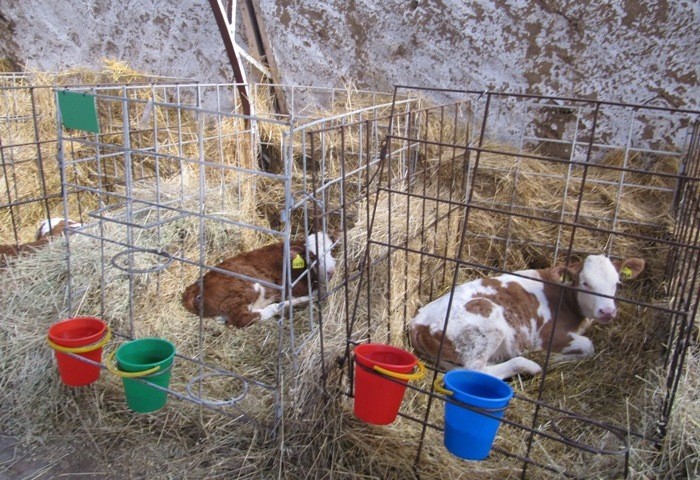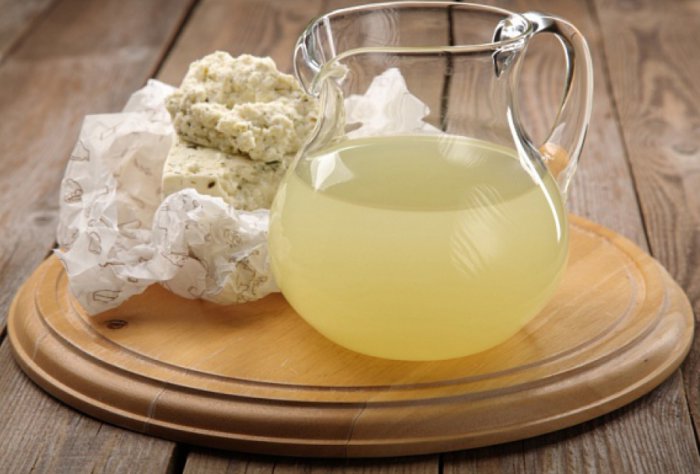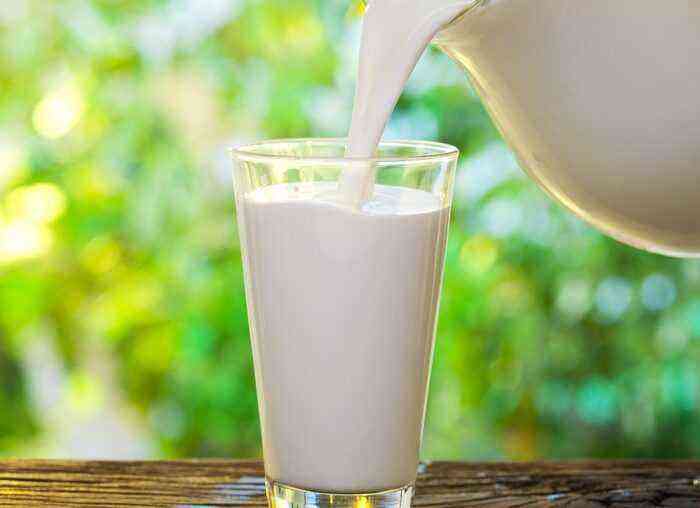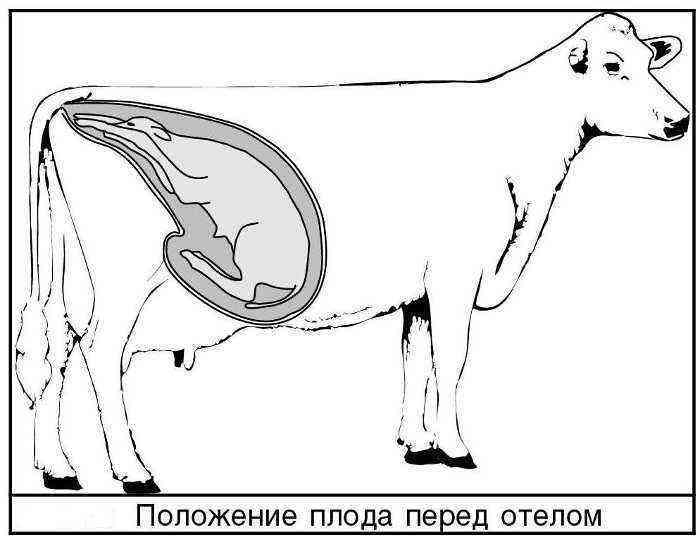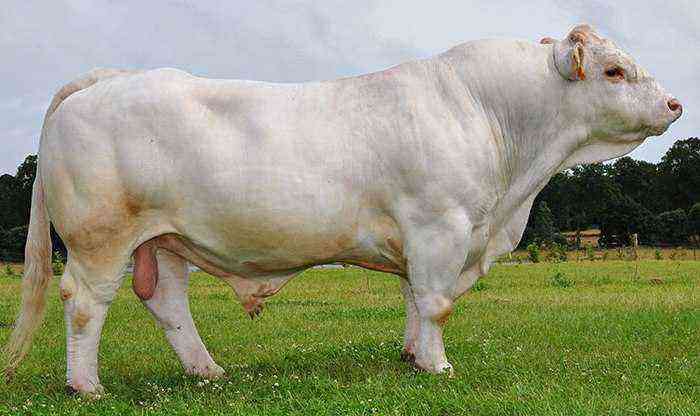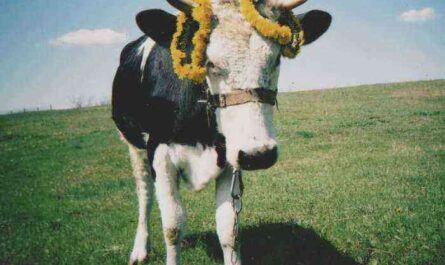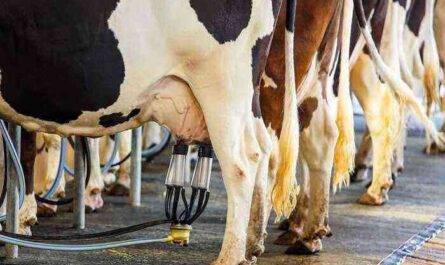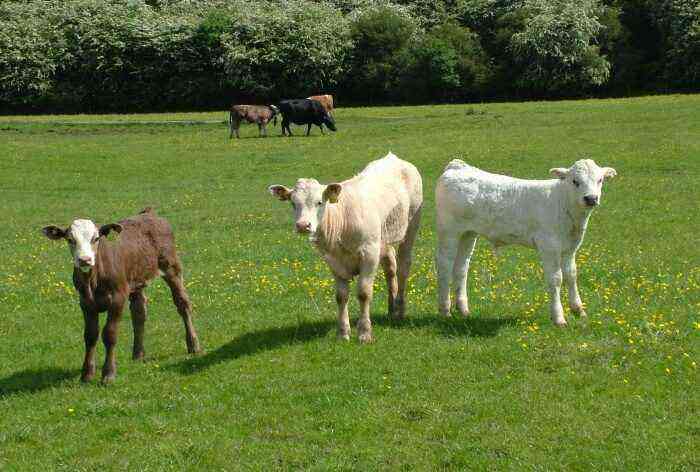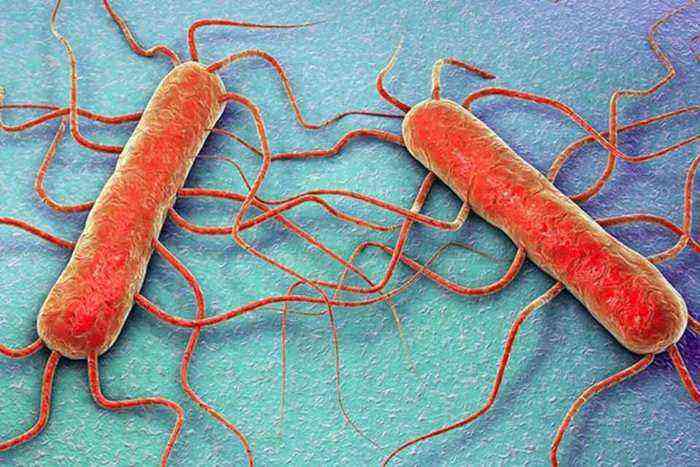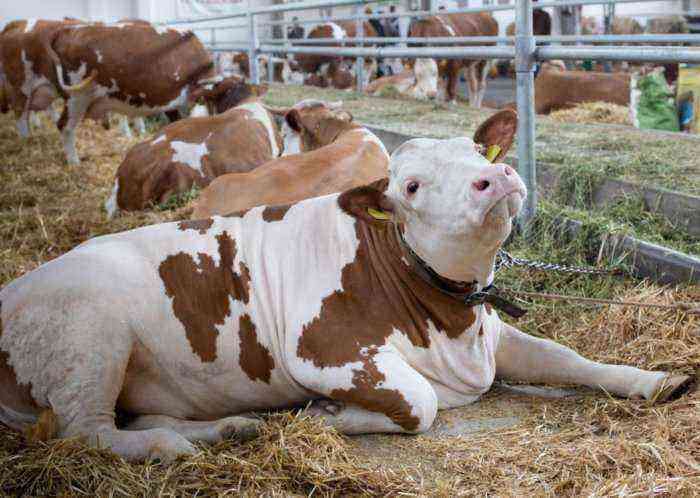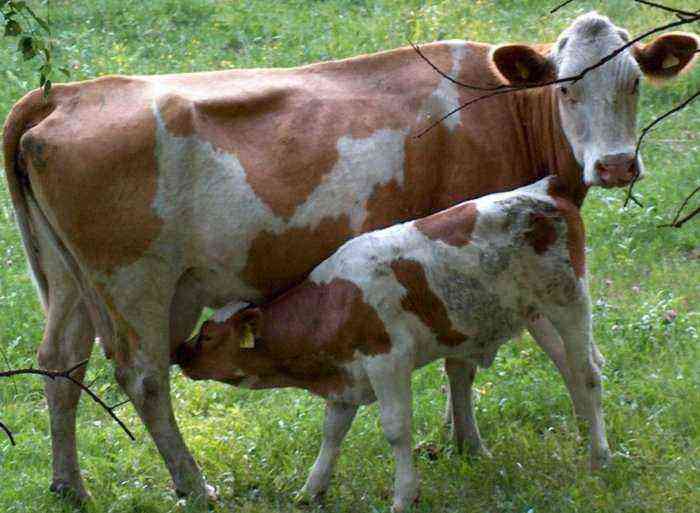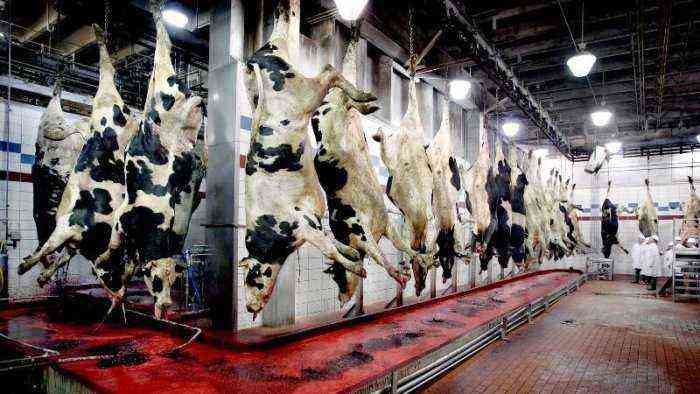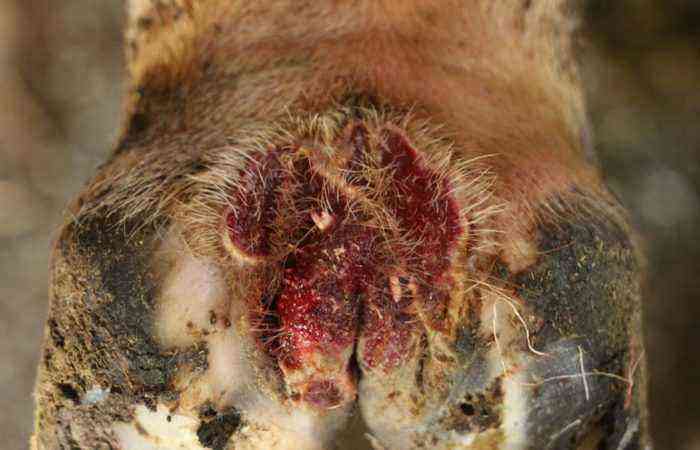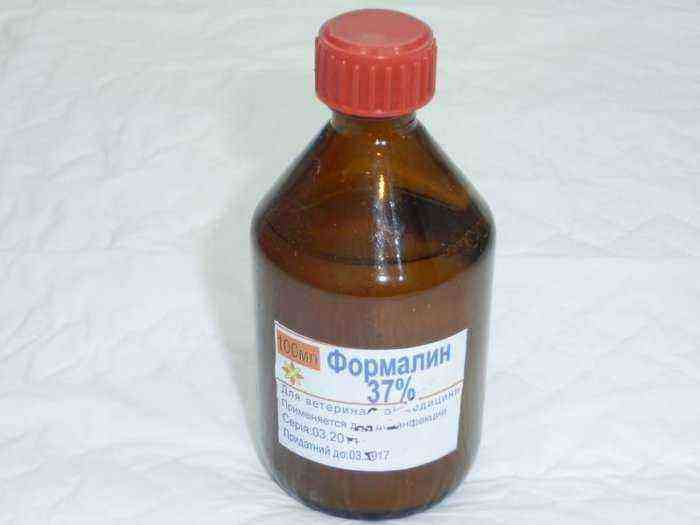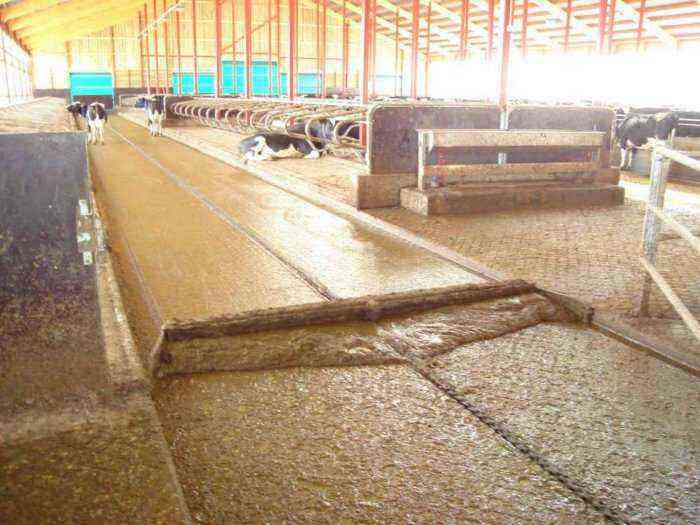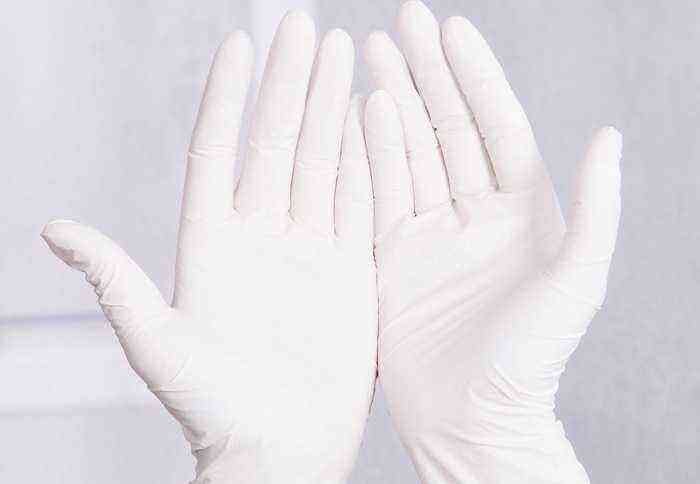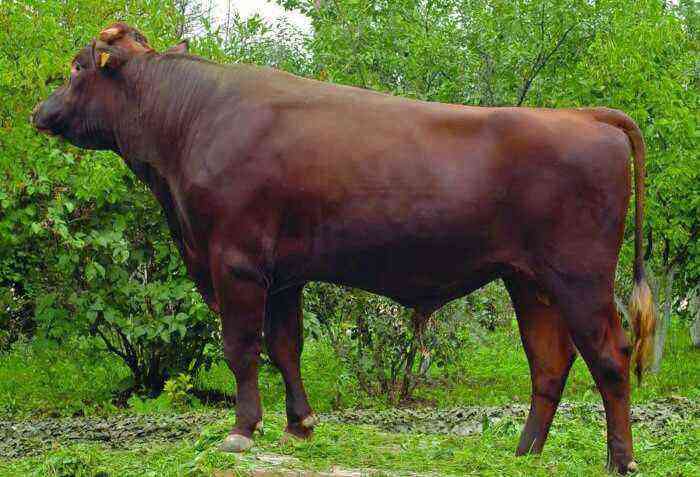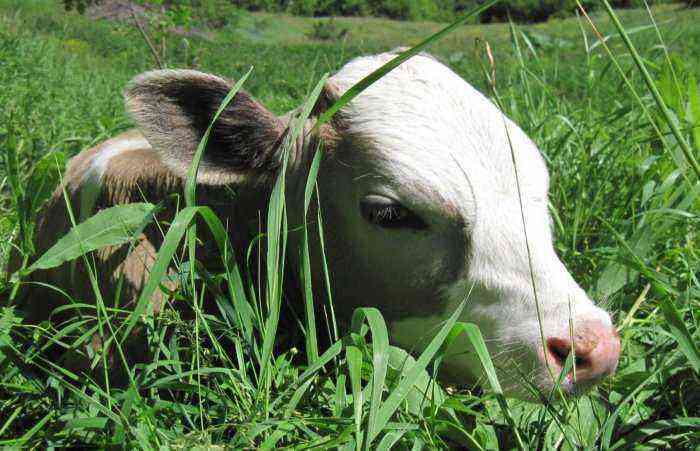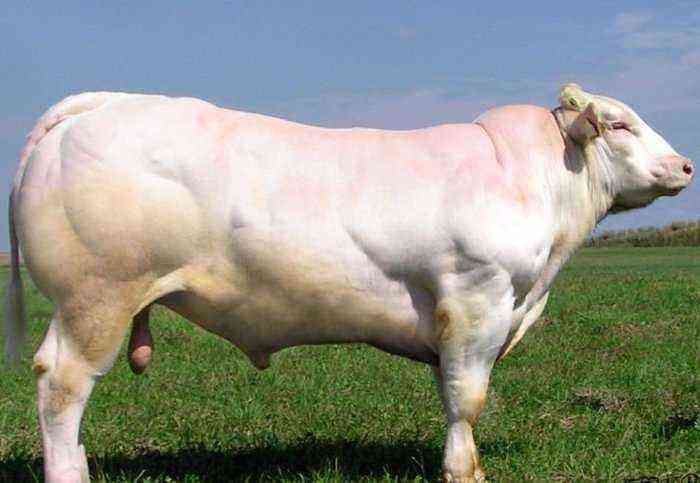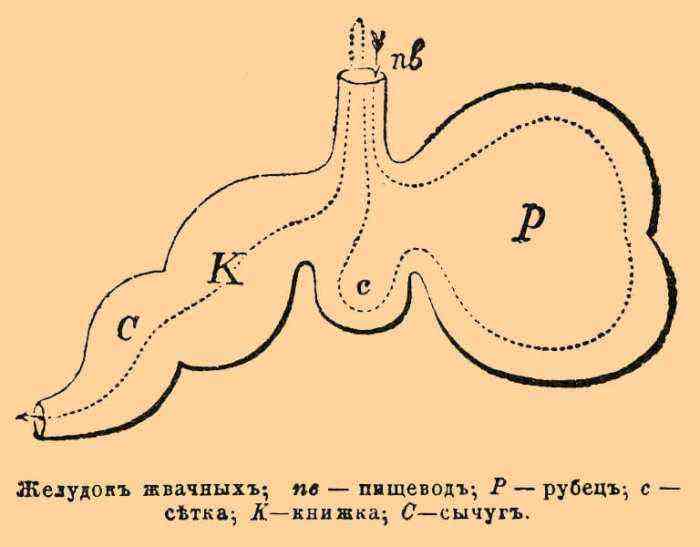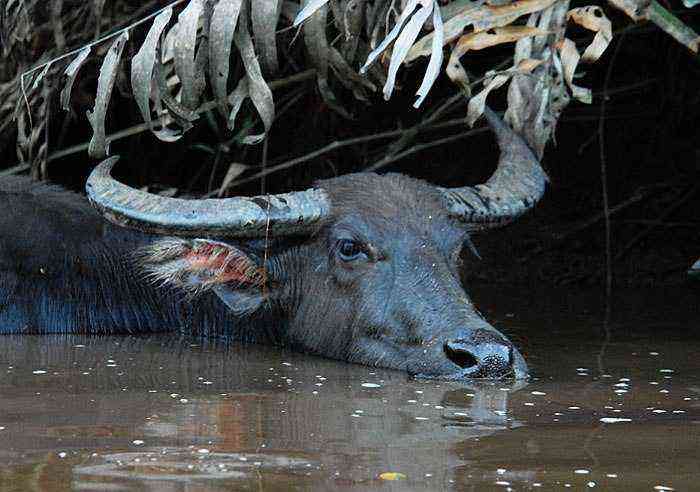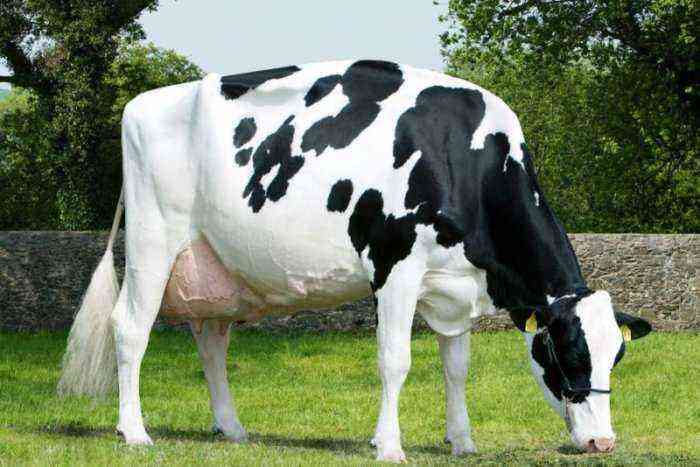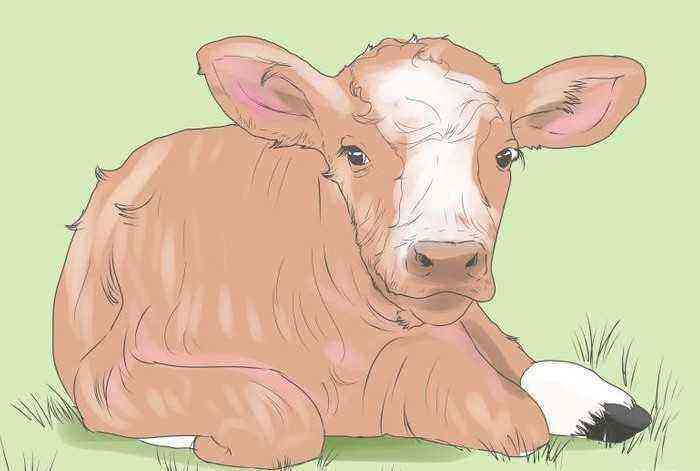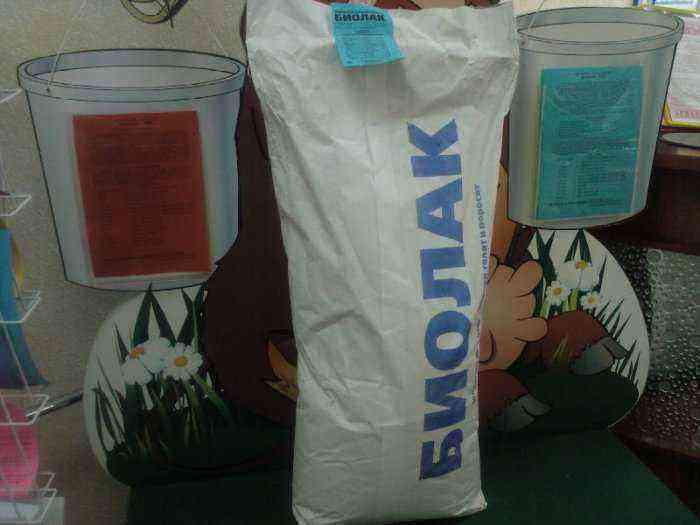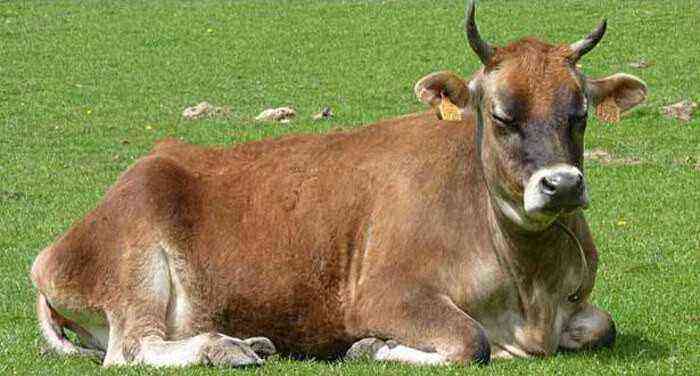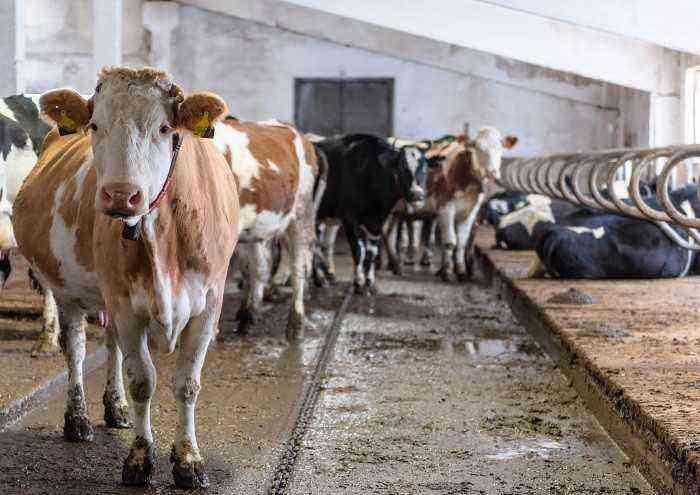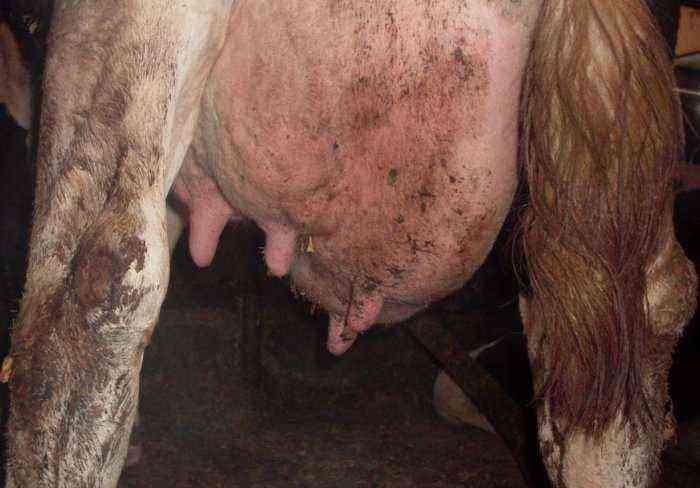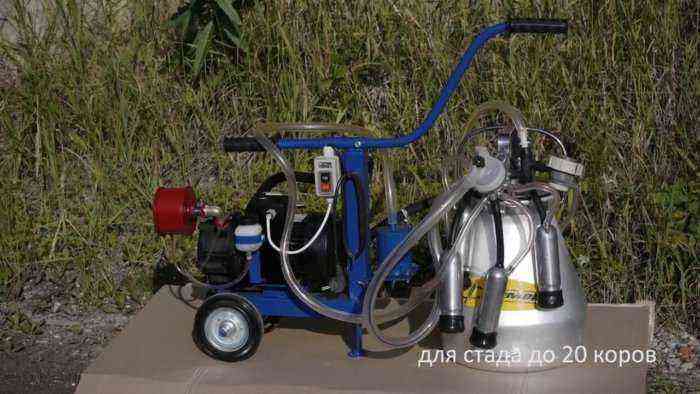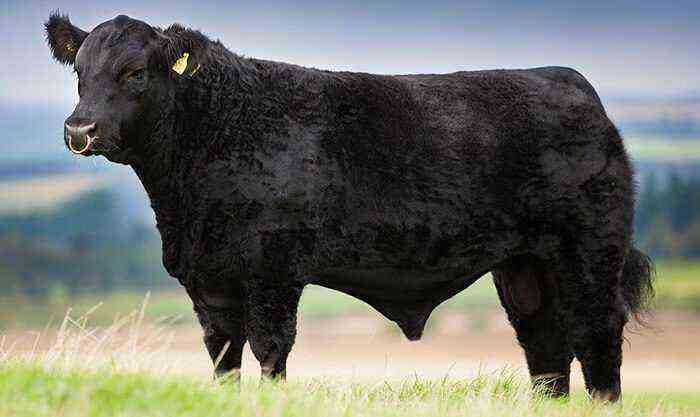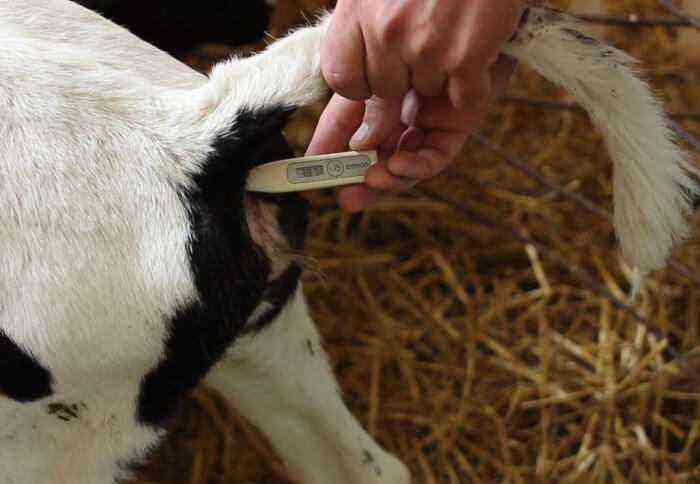Raising calves at home is painstaking work that requires a lot of effort, but it is at the calf age that the foundation for the future productivity of the animal is laid. Therefore, it is extremely important for the owner of cattle to know the characteristics of the development of young animals at all stages of his life and to provide him with care and feeding corresponding to the chosen type of keeping.
Raising calves at home
Methods of keeping calves
Rearing of young cattle is organized according to a certain method based on the specific purpose of breeding and the conditions that the breeder can provide. At the same time, the maintenance of calves by each of the methods implies its own characteristics, advantages and disadvantages. The main among this variety are individual, group and suction methods.
Individual
Growing calves during the milk period according to an individual method involves placing them in special houses that are designed for one baby. Immediately after birth, the cub is taken away from its mother and placed in a special box with a small enclosure at the entrance, which is located in the open. The content of calves in such structures is realized from the first 3-4 hours of their life and up to the age of 2-2,5 months.
The house itself is a structure with a height of 1,5 m and a base area of at least 2 square meters. m. A special fence is made in front of the house, which creates a closed enclosure for another 2-3 square meters. m. Houses are most often built from:
- Wood. Wooden houses are durable and economical (you can assemble it yourself from improvised materials). But, today, wood is used extremely rarely. It is quite heavy, in wet weather it quickly absorbs dampness. In addition, due to the porosity and special texture of the material, it is extremely difficult to effectively disinfect it, which can cause diseases in young animals.
- Polymers. Many modern plastic products even surpass wood in their strength. In addition, such a material is much lighter, which simplifies working with it, while houses made of modern polymers keep heat well, which eliminates the need for insulation of such structures for the winter.
In Western countries, this technology is widespread. At the same time, keeping calves in boxes is practiced all year round. Inside the house, a special pillow is created from sawdust, on which a layer of straw is poured. With partial subsidence, the straw layer is replenished to its previous thickness.
Raising calves in the milk period according to an individual method
Among the main advantages of the method of individual keeping of young animals in houses, the following should be highlighted:
- minimal risk of infection of the animal from other livestock;
- ease of care for the calf and maintenance of the house;
- increased resistance of the body, which is a consequence of hardening with a constant content of the baby in the cold;
- mobilization of all resources of the body, which involves increasing the productivity of the animal in the future;
- the process of examination and treatment of individual calves by a veterinarian is greatly simplified.
As for the disadvantages of the method, they include:
- the high cost of finished houses and significant costs for materials for self-production;
- the need to increase the volume of milk for feeding calves, due to accelerated energy exchange and metabolism.
It is also worth noting that in domestic open spaces there is a problem with excessive frosts in certain regions. When placed in such areas, a common area with boxes should be additionally covered with a special canopy. In this case, the side parts of the canopy are covered with a film. If such moments are neglected, diseases of the respiratory system quickly develop in young animals, and plastic houses can quickly become unusable.
Attention! In regions with severely cold winters, calves need to plan and balance their diet more carefully in order to grow and develop properly.
Group
Raising young cattle in a group way is the most common method of keeping calves in Russia and neighboring countries. As the name implies, young individuals are kept in small groups. Their number can vary from 5 to 20 individuals, and the first 2 weeks after birth, the cubs are kept in separate quarantine rooms, and after that they are combined.
Growing young cattle in a group way
Each assembled group is kept in a part of the barn specially allocated for this purpose, the floor of which is lined with a dense layer of straw. Moreover, with such a content, it is important to observe certain conditions that will ensure the health and comfort of the young.
These conditions include:
- regular cleaning of premises, including daily change of bedding, cleaning of uneaten food;
- completion of a spacious walking area and the implementation of walking in the fresh air several times a day;
- availability of sufficient area for animals to rest, which for a group should be at least 10 square meters. m;
- constant supervision of each animal of the group in order to timely identify sick or lagging behind in the development of individuals;
- providing the younger generation with a sufficient amount of colostrum.
The benefits of this growing system include:
- Ease of feeding. Since groups are formed according to age, they can be fed the same food from a common feeder.
- Rapid social adaptation. In a group, cattle cubs get used to interacting with other members of the herd, which makes them calmer. In addition, they quickly become accustomed to eating solid food, which simplifies further feeding.
Among the shortcomings of the method should be highlighted:
- Rapid transmission of infection in case of illness of one of the members of the group. In the absence of high-quality ventilation and proper feeding, the risk of infection of the entire livestock is almost 100%.
- More complex monitoring and care of the calf.
- A labor-intensive cleaning process that involves regular cleaning of the entire area in which the group lives.
suckling
This way of keeping lies in the fact that the care of the calves is actually entrusted to the cow. The babies are fed with milk that comes directly from the udder of the cow. In this case, the first 5-6 days of born calves are fed by the mothers with whom they are left. After that, all young animals are divided into groups of 2-4 individuals and assigned to a single cow. At the same time, the main requirements for a heifer are the absence of mastitis and other diseases, a calm disposition, as well as a productivity of at least 2 thousand liters of milk per year.
Suction method of rearing calves
Fattening is thus carried out for 7 or 8 months. During this period, the young animals are in contact with the nurse only 3 times a day during feeding. The rest of the time he is in a separate enclosure, where there are feeders with concentrates and hay.
The main advantage of the method is that the calf feeds as naturally as possible. Milk enters his diet with the right temperature, the proper mineral and vitamin composition, and the presence of immunoglobulin. As a result, the weight of the baby grows faster, the body’s resistance to infection increases significantly.
This format of content is most often implemented in meat farms. In the dairy direction, it implies too much loss of milk, which is spent on the constant feeding of calves.
Technologies
Also, in addition to the basic methods, there are certain technologies for breeding and raising calves in domestic and industrial conditions. Among themselves, they differ in the complex of measures taken, the conditions of keeping and feeding animals.
Cold method of rearing calves
This technology, in its specifics, is virtually identical to the individual method of breeding young animals in houses. But it can be used both for individual calves and for entire groups.
The essence of the technique lies in the fact that from the first days of life, babies are placed in special boxes with aviaries, which are located in open areas of the earth. Such designs do not involve insulation and doors. The only thing they have is a quality bedding.
The technology is equally well suited for dairy and beef cattle. However, it is popular due to the following points:
- a significant increase in the body’s defense mechanisms, due to the constant presence of the baby in the cold;
- faster growth and development, which are achieved as a result of accelerating metabolic processes in the body and using the body’s reserves;
- ease of care for livestock in single boxes;
- minimal risk of infection in case of large-scale outbreaks of infectious diseases on the farm.
Cold rearing of calves
The main difficulty in implementing this technology lies in the fact that each such house involves a high cost. Because of this, not all households can afford to purchase it. For this reason, cold content is not very common in Russia.
The traditional method
The traditional method of breeding calves is that the young from the moment of birth until a certain age is constantly with adult cows and with the mother in particular. And only after such cultivation all young individuals are isolated into separate groups.
The main advantages of this technology are:
- minimum implementation costs due to the absence of the need to build separate houses and premises;
- ease of care, which is realized due to the fact that the cow herself takes care of the offspring;
- protection of calves from the cold in case of sudden changes in temperature.
As for the negative points, they include:
- high probability of infection of a calf during mass pandemics;
- often delays in growth and development can occur.
Also, due to the content in closed stalls, young animals may develop a vitamin D deficiency. As a result, the level of calcium absorption decreases, digestive problems may develop, and rickets develop rapidly in animals.
It is because of a number of impressive shortcomings that this technology is considered obsolete and is rarely used today.
Feeding
No less important than the choice of the right methods and technologies of keeping is the organization of high-quality balanced feeding of young animals. Moreover, nutrition should be planned equally carefully for both the dairy period of animal development and the fattening menu.
milk period
For the first month after birth, colostrum will be the basis of the diet for the baby. Such a product is valuable in that it is an indispensable source of proteins, carbohydrates, fats and amino acids for the calf, which will give a good start to its development.
Colostrum for a calf
Moreover, the amino acids contained in this dairy product can significantly increase the body’s resistance to infections. But colostrum gives the greatest benefit if the first feeding of a newborn is carried out no later than the first hour after calving. Otherwise, potential disease resistance drops by 20% or more.
When feeding young animals with dairy products, the following rules should be followed:
- feeding is carried out from 4 to 6 times a day (depending on the age of the baby);
- at the same time, the animal is fed a volume of colostrum not exceeding 10% of its weight;
- before serving, the liquid is heated to a temperature of 37 degrees;
- for the time of feeding milk, the calf must be provided with a plentiful amount of clean warm water, since its consumption in the body is extremely high.
In parallel with giving dairy products, other feeds should be introduced into the diet, but this should be done gradually, starting with small volumes and gradually increasing the rate. Already from the first days of life, small portions of legume hay can be placed in the feeder. From the age of 3 weeks, gradually introduce concentrated food into the diet, but its dosage at this stage should not exceed 100 g.
Gradually, feed should also be added to the diet. An example of a mixture prepared at home can be a composition of the following components:
- barley;
- powdered milk;
- cake;
- feed yeast;
- food chalk;
- salt;
- herbal flour;
- premix.
Reference. At the end of the first month of life, the diet can already be diluted with small amounts of green (dried) grass, silage, carrots and other root crops.
Fattening
If young animals of the meat direction are grown on the farm, then from the second month of life, fattening nutrition should be planned. It will provide the animal with the maximum increase in muscle mass in the shortest possible time.
Serum
In this case, for the entire second month of life, the basis of the baby’s food will be skim, whey and other dairy products. By the third month of life, calves are transferred to a mixture of concentrated, coarse and succulent feed (in equal proportions). At the same time, one of the main conditions for a good weight gain is the restriction of physical activity, which is achieved by individual or stall keeping.
By the fourth month, food waste can also be gradually introduced into food.
Without fail, for young animals of any direction, it is important to add various vitamin complexes and premixes to nutrition. A growing body needs to provide a sufficient amount of phosphorus, calcium, zinc, iodine, vitamins A, D, E.
Breeding
From the observance of all the above points depends on how strong and productive the herd will be in the future, but the most important of them is the correct breeding of young animals. Also, a competent selection of parents occupies a special place here, because only healthy and strong individuals can give the same offspring.
When choosing a cow for breeding work, the following requirements should be presented to her:
- good physical health and absence of disease;
- rapid weight gain, which by 18 months should already be at least 400 kg (for the Holstein breed);
- absence of diseases of the digestive system;
- high annual productivity;
- composition of milk with exact indicators of fat content and protein;
- the correct shape of the udder.
It is also important to pay attention to how the calving goes on in the animal, how the maternal instinct is developed in the heifer.
When choosing a pair for breeding calves, the most successful option would be to pair representatives of the same breed. This approach will allow you to accurately predict the characteristics of future offspring.
In the case of interbreeding, the qualities that will be transferred to the young are already more difficult to determine. But sometimes this method can give more positive results, enhancing the characteristics of the original rocks.
Conclusion
In any case, the breeding and rearing of calves in domestic and industrial conditions should be approached as responsibly as possible. How much effort has been put into this process directly affects the future of the entire herd, its productivity, disease resistance and survival in general. Therefore, excessive economy and frivolity in this matter are unacceptable.
